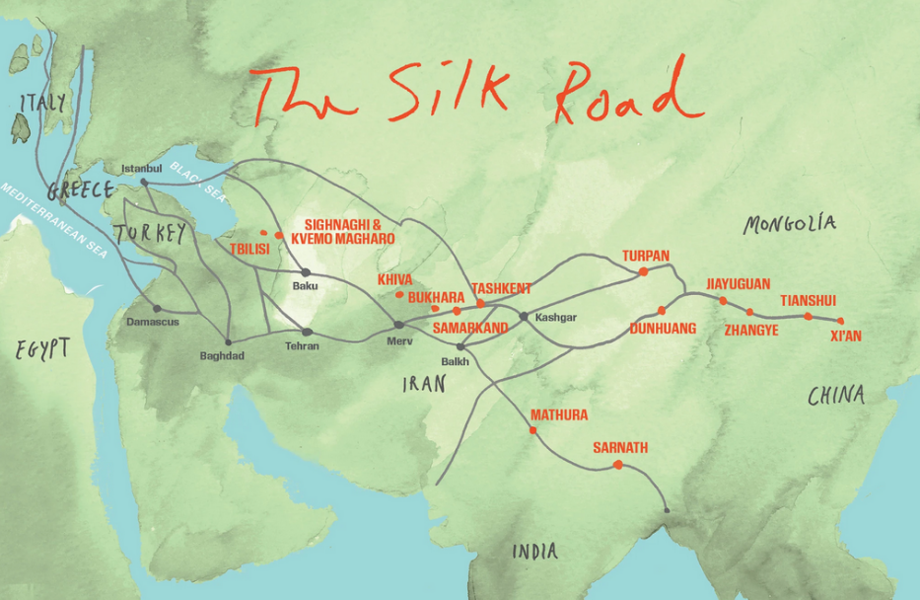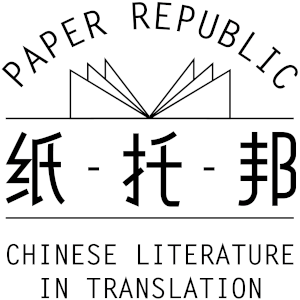
Anna Sherman’s travelogue, in which she traverses parts of the Silk Road while retracing Xuanzang’s pilgrimage from Chang’an to India, has become a major talking point on Twitter since it was published May 11.
The essay, with stunning photographs of desert sites in Gansu and Xinjiang, cites a host of Chinese poets such as Du Fu, Bai Juyi, Wang Wei and Yu Xin, as well as fiction writers Tung Yueh (The Tower of Myriad Mirrors), Pu Songling (Strange Tales from a Chinese Studio), and the Buddhist pilgrim Xuanzang (The Great Tang Dynasty Record of the Western Regions). Indeed, her piece is entitled A Poetic Journey through Western China.
A major point of controversy: Where are the Uyghurs of today, or yesteryear for that matter? In fact, they were patrons of the famous Dunhuang Grottoes whose murals often feature Uyghur culture and personages, for they were Buddhists (and practioners of Zoroastrianism and Manicheanism) before they converted to Sufi-inspired Sunni Islam.
The word “Uighur” occurs just 8 times in the 5,800-word piece, and they are described as a “minority ethnic group.” The only major reference to them is this: (Today, Xinjiang is the site of hundreds of mass internment camps, where more than a million individuals from China’s Uighur and other Indigenous ethnic groups are being held indefinitely without trial by the government.)
With the exception of Li Bai, Sherman’s main literary reference points appear to be Han writers who have been frequently (and somewhat famously) translated into English. Is this narrative simply the result of her preferences? Due to a lack of translations from other languages along the Silk Road? Or?


Comments
For an interesting piece on how the 21st-century Chinese literary "authorities" are laying claim to the classics -- including oral epics -- of non-Han peoples who have traditionally bordered on the Chinese Empire, see:
Definitions of “Chinese” Literary Works in Expansion Mode?
Bruce Humes, May 17, 2020, 1:29a.m.